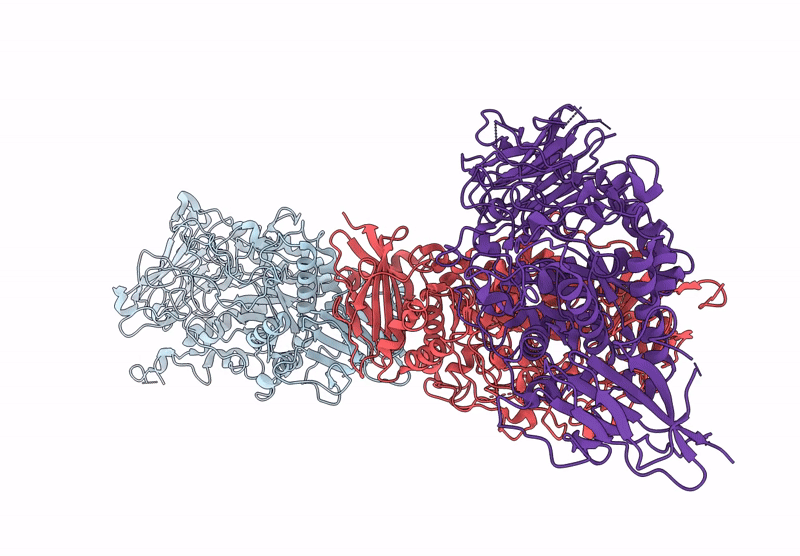
Deposition Date
2024-08-17
Release Date
2025-05-28
Last Version Date
2025-07-23
Entry Detail
PDB ID:
9J6X
Keywords:
Title:
Cryo-EM structure of the rice isoamylase ISA1-ISA2 heterocomplex
Biological Source:
Source Organism:
Oryza sativa Japonica Group (Taxon ID: 39947)
Host Organism:
Method Details:
Experimental Method:
Resolution:
2.40 Å
Aggregation State:
PARTICLE
Reconstruction Method:
SINGLE PARTICLE


